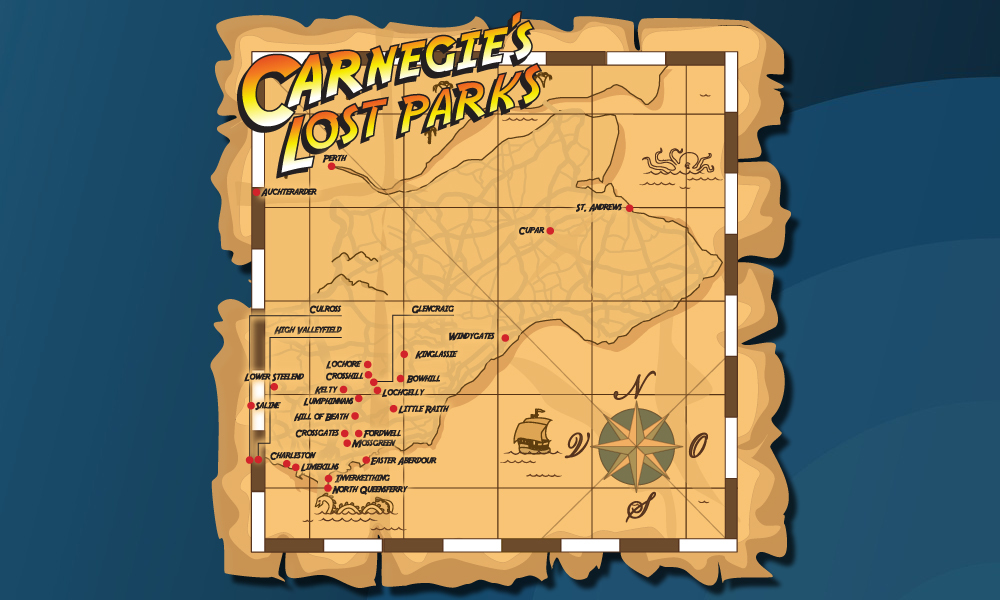It’s a case to baffle intrepid explorer Indiana Jones.
Exactly where does X mark the spot on a £10 million treasure?
Before everyone gets carried away and digs out their spades and hunts down their metal detectors, the lost bounty won’t earn them a fortune.
Instead it’s a hunt for another of Dunfermline-born philanthropist Andrew Carnegie’s vast legacies to the country.
The Carnegie UK Trust and Fields in Trust have launched a new campaign to find and protect more than 900 “lost” playing fields across the UK, 25 of which are believed to be in Fife.
The #FieldFinders initiative aims to locate and catalogue playing fields that were set up with the help of a grant from the trust between 1927 and 1935 and ensure that they are legally protected from developers.
During this time, the trust allocated £200,000, equivalent of about £10 million today, to more than 900 different playing fields across the UK.
The exact location and details of some of these fields was never centrally recorded.
Now, the campaign wants local communities to help track down Carnegie playing fields in their area.
They will have until August 31 to report back via www.fieldsintrust.org/Carnegie.aspx about their playing field.
Members of the Fields in Trust team will then cross reference it with any surviving documentation and begin the process of improving legal protection of the site to keep it safe for generations to come.
Investigative field finders are also being encouraged to share images of the sites through social media, using #FieldFinders to help spread the word and encourage their friends to join the hunt.
Douglas White, the head of advocacy at Carnegie UK Trust, said: “When these grants were made, it was a significant sum of money for outdoor recreational spaces across the UK.
“A requirement of the grant was that the playing fields should remain public areas for the benefit of the community in perpetuity.
“We want to find as many of these fields as possible and ensure that they remain legally protected for the local community.”
Each confirmed location where legal protection can be added will then be given the chance to win one of two £5,000 prizes to make improvements such as children’s play areas.
A pilot study by Fields in Trust, looking at London, Surrey, Kent and Middlesex, confirmed 14 Carnegie playing fields, including Coram’s Fields in central London.
Kathryn Cook, partnership and communications manager of Fields in Trust, said: “We need the public to share as much information as possible about the spaces they believe to be Carnegie playing fields.
“This is a very important but labour-intensive job and we really need the support of local communities to help us protect these valuable assets for the long term.”
